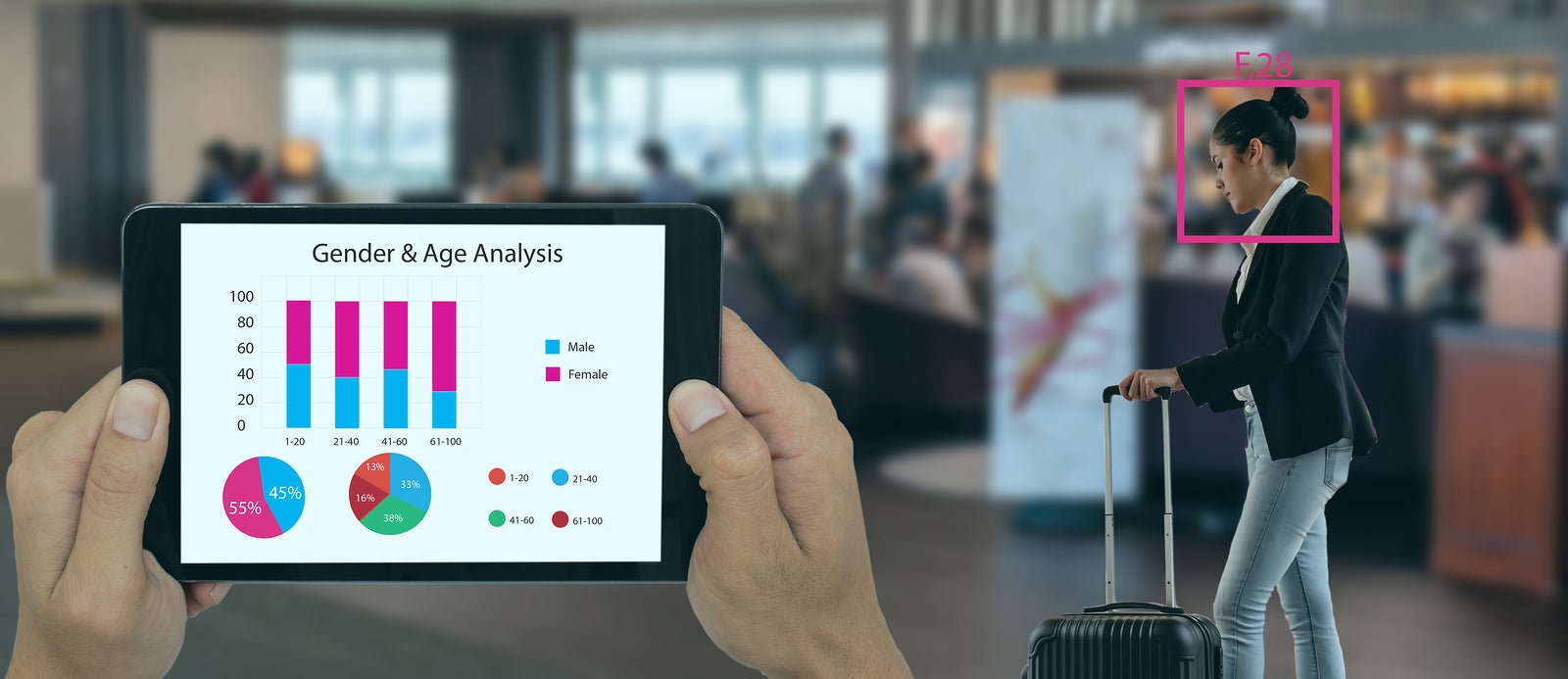
The capabilities of artificial intelligence (AI) have grown tremendously in the last few years. Thanks to machine learning and computers that are better able to think in the same way as humans, for the first time, these devices make rational choices. It seems that everywhere you look, AI is all the buzz, and more and more retailers embrace the technology for their daily operations.
According to research, around 37% of organizations have already implemented some type of AI in their operations. While bigger enterprises are more likely to utilize this technology, as it becomes more commonplace, the costs come down, and the majority of small and mid-sized businesses will embrace the advances.
When it comes to using AI in retail, there are some specific things you should keep in mind. There are areas where it will be helpful and others where it might be a waste of money. Our goal is to help you recognize how it can help your business grow and invest in those processes.
1. Redefine Roles
Retail is perhaps one sector where roles will change more rapidly than some others. One example is in the way we order fast food in a restaurant. Now, machines have replaced cashiers. They are intuitive enough to ask if you want sides and allow you to customize your order and pay for it. You then simply pick up your meal.
However, this also means that those who were once cashiers must have a different job within the organization, such as order packers or cooks. You don’t want to lose valued employees, so look for ways to train them to embrace the changes you’re making and still be an asset to your company.
2. Streamline Decisions
Making management decisions for specific stores requires a lot of insight. AI takes complex data and presents it in a way that allows company leaders to make decisions on the fly. With AI-enhanced software solutions, you can track staff performance and put people in the roles best suited to their experience and strengths.
In addition to staffing determinations, AI helps with everything from inventory control to customer outreach. As machines get smarter, expect customer relationship management (CRM) platforms to become more detailed.
3. Optimize Personalization
AI allows you to track your customers’ preferences and serve up offers that relate to past purchases and browsing behavior. If you offer an app, you can ping their phones as soon as they’re within a few feet of your store. You can also push out offers of new arrivals to specific audience segments.
With so many tricks of the marketing trade to reach people on levels not seen before, anything you can do to give your sales efforts a personal touch should equal higher conversion rates.
4. Better Segmentation
If you’ve been in business for a while, you likely have a massive amount of data collected. Organizing all that big data, especially when it comes to your customers, can help you create better audience segments and improve your marketing efforts. How does that translate to the actual retail space?
Let’s say you have several audience types. After running some algorithms, you discover the majority of your younger customers love a particular television series. You can then create an in-store experience tied to that fan base and drive more people into your store. Of course, you’ll want to have some licensed merchandise on hand to sell when they attend the event.
5. Expand Delivery Options
Do you struggle with logistics and getting items to customers in the fastest and best way possible? AI and robotics may combine to solve this problem for even smaller retailers. One example of how this type of thing might work shows up in the restaurant sector.
Domino’s Pizza has a prototype delivery robot that not only gets food to you via the fastest route possible but keeps meals and drinks at the right temperature, so it arrives hot and cold on your doorstep. What if you could deliver to local customers in this way? Would you be able to expand your delivery service and pick up new customers? As the cost of robots comes down, the possibilities are endless.
6. Offer Virtual Trials
Not everyone can make it to your store. You may also sell a large item that is hard for people to try before they buy. However, technology now allows people to test something out before they buy it. Some larger retailers already use augmented reality (AR) technology, but AI comes into the mix by suggesting what would look good with a couch or accessories for an outfit.
Imagine shopping for furniture from the comfort of your home and using your mobile device to plug a specific piece into your existing room. You could see how everything meshes with your current decor before even leaving the house. Therefore, the person gets an enhanced shopping experience beyond what they’d find in a store.
Retail’s Future With the Help of AI
In some ways, e-commerce disrupts traditional shopping channels, but with the addition of machine learning, retail shops can find a significant advantage. Incorporating just a little AI into what you’re already doing can help you relate to customers better. Pay attention to any new advances in the field and choose the features that will benefit your particular business the most. AI can save time, increase productivity and improve sales.
2671 Views












